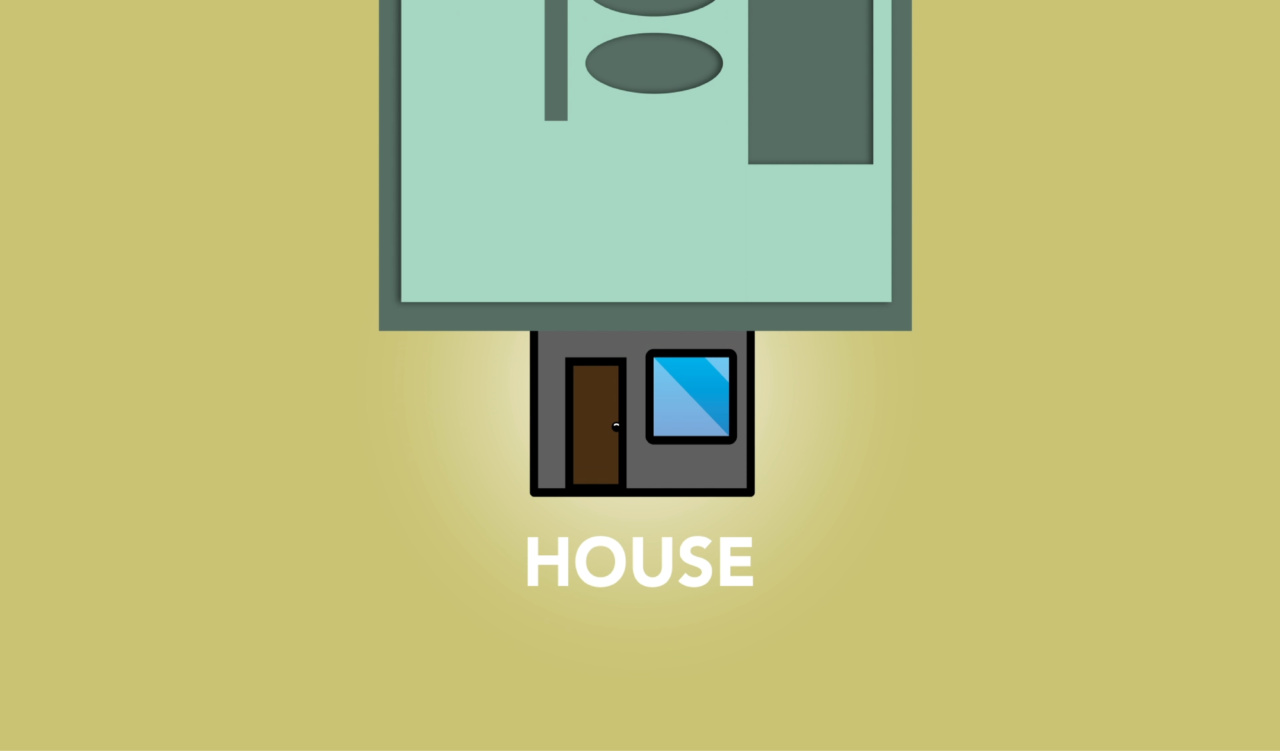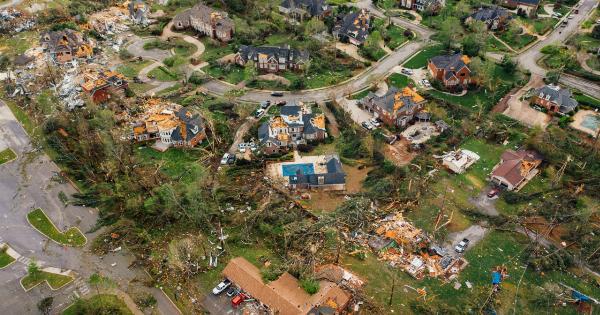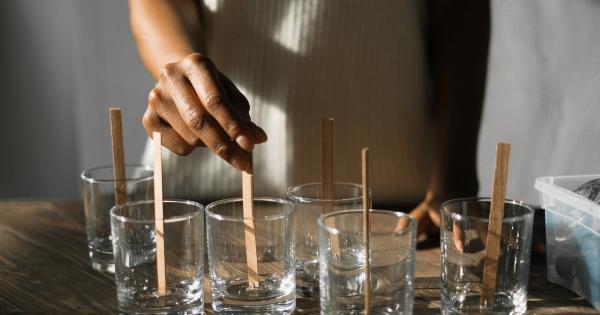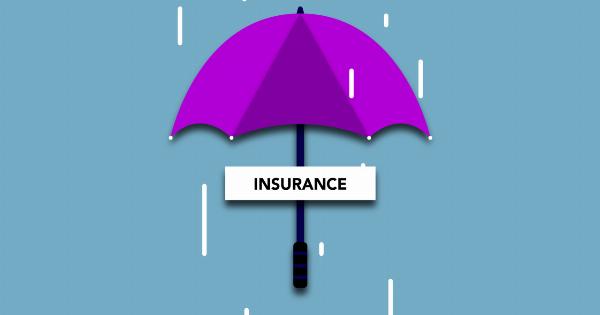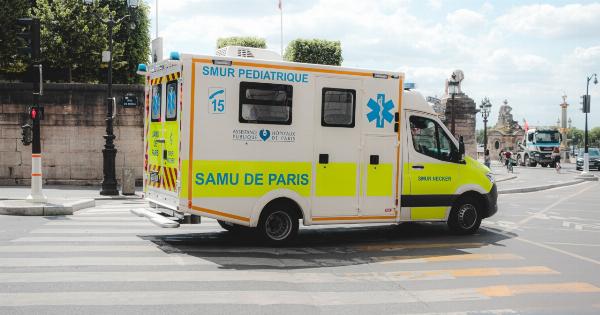Natural disasters can wreak havoc on your property, leaving you with significant losses. From hurricanes to earthquakes to floods, the damage can be extensive and costly. In such cases, having insurance to protect your property can be a lifesaver.
In this article, we’ll discuss how much it costs to insure your property against natural disasters.
What is homeowner’s insurance?
Homeowner’s insurance is designed to protect your home and belongings in case of damage caused by any covered events, such as natural disasters, theft, and fire. It may also provide liability coverage if someone is injured on your property.
How does homeowner’s insurance cover natural disasters?
Most homeowner’s insurance policies cover natural disasters such as hurricanes, tornadoes, wildfires, and earthquakes.
However, some policies don’t cover flooding, so if you live in a flood-prone area, you’ll need to get separate flood insurance.
How much does homeowner’s insurance cost?
The cost of insurance depends on several factors such as your location, the age and condition of your property, the amount of coverage you need, and your deductible.
The average cost of homeowner’s insurance in the US is around $1,200 per year, but the cost can vary widely depending on your location and the coverage you select.
How much does it cost to insure your property against natural disasters?
To insure your property against natural disasters, you’ll need to add specific coverage to your homeowner’s insurance policy.
This coverage will increase your premium amount but will provide additional protection in case of natural disasters. The cost of this coverage varies depending on several factors such as your location, the type of natural disasters you want to cover, and the amount of coverage you need.
In general, expect to pay around $1,000 to $2,000 per year for natural disaster coverage.
Factors that affect the cost of natural disaster insurance
Several factors can impact the cost of natural disaster insurance, including:.
- Location: Areas that are prone to natural disasters such as hurricanes and earthquakes will have higher insurance premiums.
- Dwelling value: The higher the value of your property, the higher the insurance premium.
- Type of coverage: Some natural disaster coverage options may be more expensive than others. For example, flood insurance can be particularly costly because of the high risk of flooding in some areas.
- Deductible: A lower deductible will result in a higher premium.
Types of natural disaster coverage
There are several types of natural disaster coverage you can add to your homeowner’s insurance policy. These include:.
- Hurricane insurance: This coverage protects your property from wind and water damage caused by hurricanes.
- Tornado insurance: Tornado coverage protects your property from damage caused by tornadoes.
- Wildfire insurance: This coverage protects your property from damage caused by wildfires.
- Earthquake insurance: Earthquake coverage provides protection for damage caused by earthquakes.
- Flood insurance: Flood coverage protects your property from damage caused by flooding.
Conclusion
Insuring your property against natural disasters is a wise choice, but it comes with a cost. The cost will depend on several factors such as your location, the type of coverage you want, and the amount of coverage you need.
While it may seem like an additional expense, it can save you from significant financial losses in case of natural disasters.
